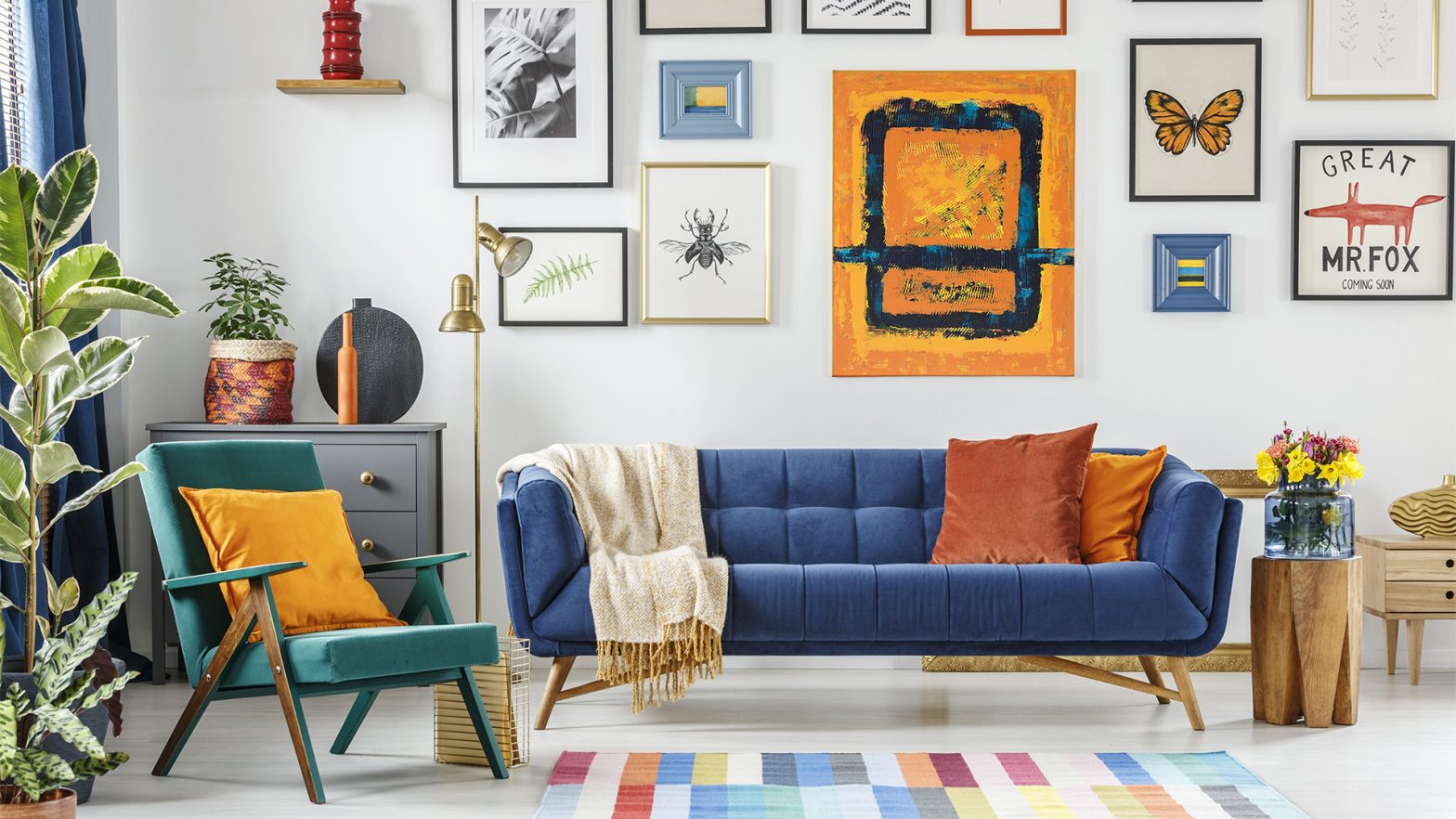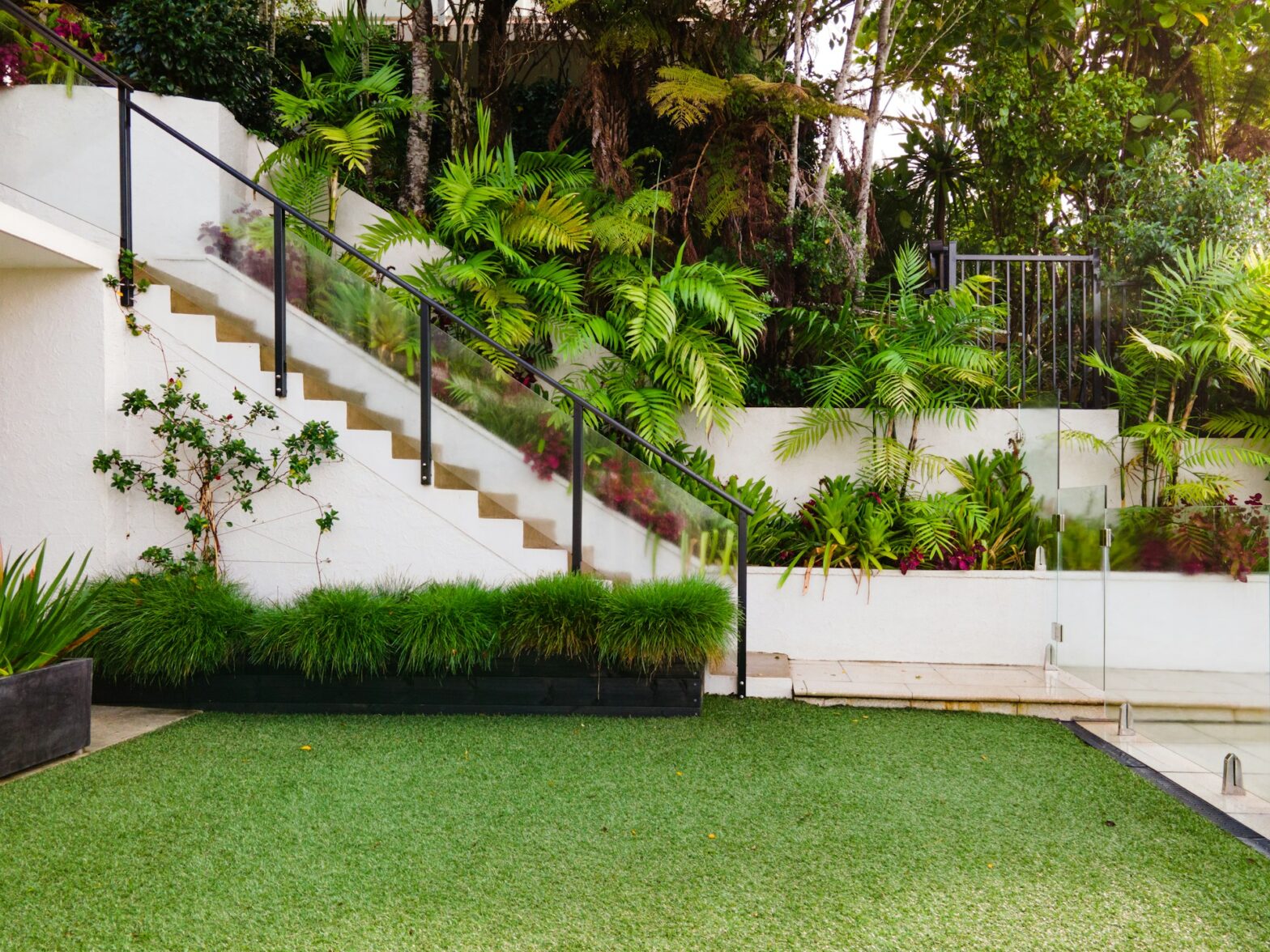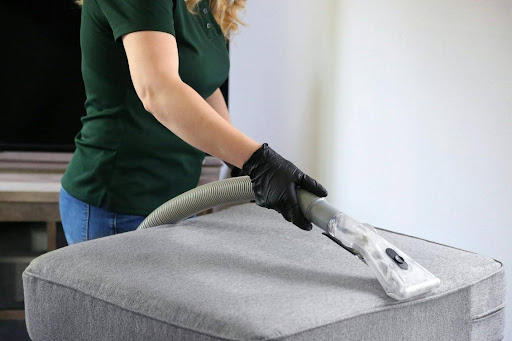
There is a catchy audio trending on TikTok which renters have used to show how they’ve decorated their homes, making big changes to their space with the knowledge they’re unlikely to get their deposit back – with the most popular of these videos accumulating an astounding 492,000+ likes.
Whilst a seemingly funny and innocent trend, it should come with a warning.
Property expert and founder of House Buy Fast, Jonathan Rolande, says: “It’s not worth the pain. You risk not only a lost deposit, but a court summons for any additional amount and a bad reference. You wouldn’t do it in a hotel, why do it in a rental?
If the home doesn’t reflect your style, interior designer Amy Wilson from 247 Blinds and 247 Curtains, shares 6 less obvious changes you can make to your rental accommodation without losing your deposit – which goes beyond adding a few decorative pillows and throws.
1. Switching out curtains
Students past and present will be all too aware of moving into rented accommodation with outdated curtains that have never been replaced, often in the most garish patterns with their colours fading with age.
Amy comments: “Curtains, whether on a track or pole, are pretty straightforward to replace. Made-to-measure curtains are your best option to ensure they fit the dimensions of your windows, so make sure to take accurate measurements before making any purchases.
“Remember when taking down the old curtains to store them away safely so you can hang them back up when you leave.”
2. Fit your own blinds
Sometimes you can move into a home and come face to face with rooms that lack any window dressings at all which can leave you feeling open and exposed.
Amy states: “Whilst most landlords should provide window dressings, it is not actually a legal requirement. If you find yourself in rooms lacking privacy, perfect fit, no drill blinds are an affordable solution that doesn’t leave any permanent damage on the property.
“Blackout blinds are the perfect option for the bedroom to block out any daylight and allow you to achieve a better night’s sleep. They also help to regulate room temperature meaning they come in handy to keep energy bills down.”
3. Swap out harsh lighting
Lighting is one of the most important factors to consider when thinking about the ambience of a room – but something landlords might not always consider.
Marlena Kaminska, designer at ValueLights says: “On first moving into a new property, we would always suggest assessing the lighting conditions in each room. Take note of how much natural light each space gets and ensure this is properly supplemented with artificial light.
“Switching light bulbs is a simple and inexpensive way to change the whole vibe of a room. For rooms in which you want to create a cosy ambience, ensure all lighting uses warm-toned bulbs to emphasise a snug atmosphere.”
4. Make micro-improvements
Sometimes the most subtle of upgrades can make a big difference to how you feel in your rental home. It’s a good idea to give some TLC to the forgotten areas of the house that likely haven’t been upgraded for years.
Marlena says, “Micro-improvements such as swapping your showerhead, replacing crusty outlet covers and putting up new lampshades are subtle changes which can make all the difference to your living experience.”
“While your landlord will appreciate like-for-like replacements for products of a newer finish, if you’re swapping out any fixtures for aesthetic purposes alone, be sure to store the originals in a cupboard so you can reinstall them upon moving out.”
5. Update tiles & countertops
It can be unfortunate when you move into a home with tiles and countertops that aren’t to your taste, but there are ways around this without ripping your kitchen or bathroom out.
Amy comments: “For those who don’t mind getting a bit more hands-on, using stick-and-peel tiles or countertop vinyl can be your best friend to give your space the uplift it requires. You don’t have to be experienced with DIY either, as they’re simple to use and only require a few tools.
Amy adds: “Self-adhesive tiles and countertops are designed to be easily removed, meaning you can quickly have your kitchen or bathroom back to its original state by the time your tenancy ends.”
6. Disguise ugly sofas
Covering up an unattractive sofa, such as one in damaged leather or a colour that is hard to style, can be a simple yet transformative solution.
Amy explains: “You may be inclined to cover these sofas in throws to disguise them, but this can cause frustration if they routinely slip out of place from regular sitting. To negate this problem, consider purchasing a slipcover that can be fixed into place. They come in so many different styles and designs which will completely uphaul your seating.”
“Not only does using a cover help to hide any flaws and give the room more visual appeal, but they also protect the existing sofa from pesky stains or any other wear and tear that could lead to further damage and costs from your landlord.”
Remember, when making those changes, think about informing your landlord first.
Jonathan shares: “When making these changes, it’s always safer to ask the landlord or agent, in writing but be prepared for them to say no. However, if there is no trace of the changes when you leave, they will not have a right to withhold the deposit.”
If there are some bigger aspects of your home that you just can’t stand, such as outdated wallpaper or obscure coloured carpets, you can always put in a request for this to be changed.
However, Johnathan advises caution: “Improvements that greatly improve the property could be expensive for the tenant and be used to push the rent up later.”






























